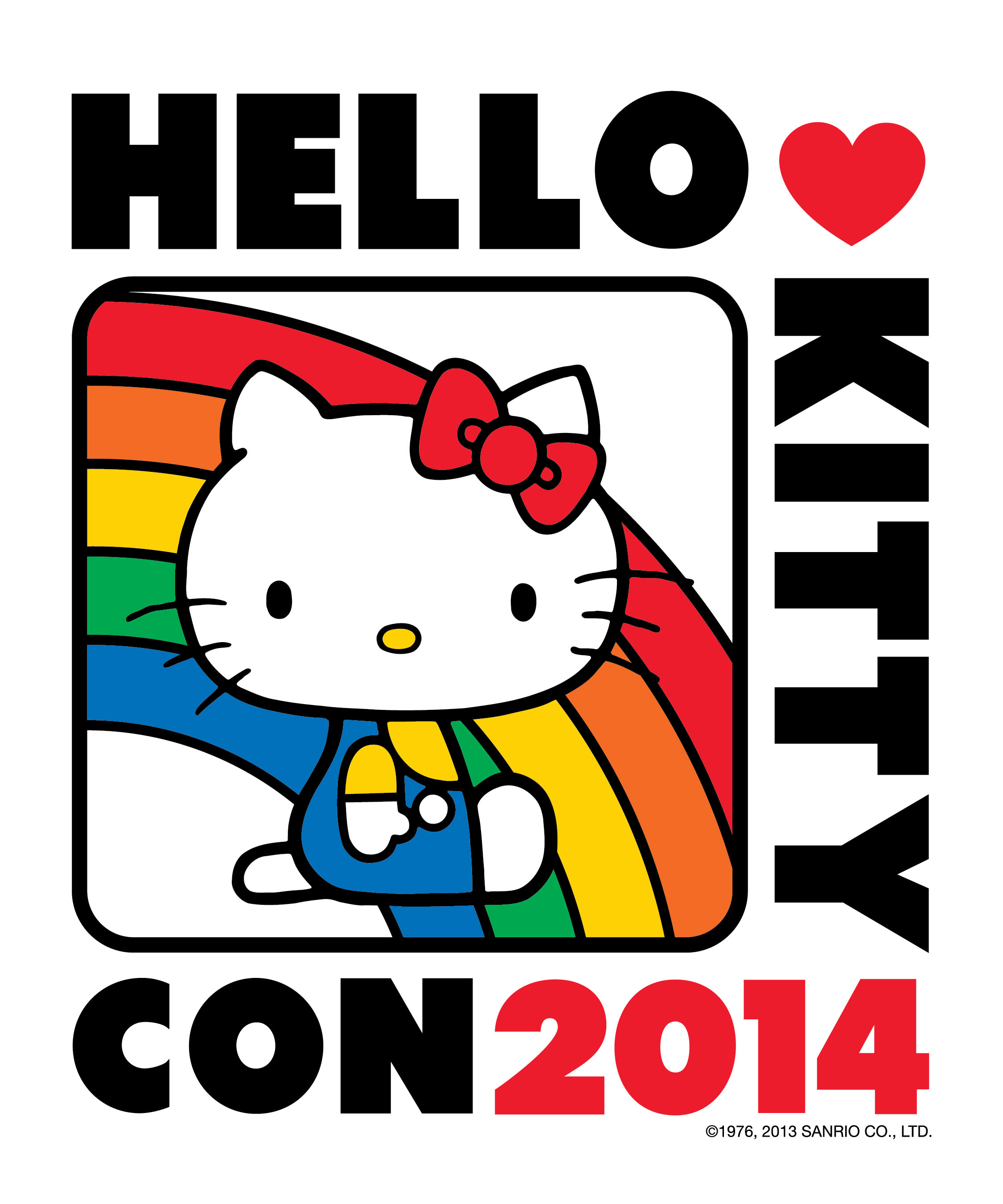ANNIE LUNDGREN WRITES – Forty never looked so cute.
Last month, 25,000 people celebrated Hello Kitty’s birthday at the first-ever “Hello Kitty Con” held in downtown Los Angeles. The Museum of Contemporary Art (MOCA) in Little Tokyo was transformed into a wonderland of cartoon structures, giant tea-cups, and rainbows. Pink-dressed attendees wore tutus, wigs, cat ears, and giant hair bows. I stuck out like a sore thumb with my blue shirt, leggings, and boots, but joined the crowd to watch a dancer pantomime with moving images projected on a screen behind her to Avril Lavigne’s robotic-sounding single – wait for it –“Hello Kitty.”
The iconic feline’s face was plastered on every surface, from ATMs to restroom toilet paper. While exploring the exhibits, I learned that Hello Kitty’s expressionless mug was created by the Japanese company Sanrio to allow people to project any emotion onto her. Her vacant expression provokes feelings of innocence and kindness so she can be with you during any emotional stage in life. Sanrio created her to represent “friendship, cuteness, and thoughtfulness.”
But behind the sweetness of her red or pink bow lies a stoic blank gaze. Indeed, Hello Kitty is a rare example of a mouthless cartoon character that is one of the world’s most recognizable icons.
Today, you can find Hello Kitty at the epicenter of the art and fashion world where, somewhat oddly, she is often viewed as edgy. Her innocent and girlish look serves as an ironic antidote to the ‘sophistication’ of high fashion. American celebrities such as Britney Spears and Lady Gaga have sported Hello Kitty-themed accessories and outfits. Notably, Katy Perry attended the convention and got Hello Kitty’s face permanently tattooed on one of her fingers at Hello Kitty Con’s free tattoo parlor.
Sanrio’s marketing strategy has expanded and sustained Hello Kitty over the past 40 years. She can be found nearly everywhere, from corner pharmacies to expensive department stores. Her longevity and popularity rival Mickey Mouse and Snoopy. She is even the subject of scholarly study at the University of Hawaii. Last year, anthropology professor Dr. Christine Yano published the book “Pink Globalization: Hello Kitty and its Trek Across the Pacific.”
As the “ambassador of cute,” Hello Kitty has used soft power to put Japan on the map in western pop culture. Last spring, she was flown into space and Hello Kitty (not the spacecraft) made international news. Japan’s neighbors have taken note. South Korea for example, has exported massively popular K-Pop. Many predict China will be East Asia’s next major cultural icon exporter.
If you missed the convention but still want to experience Hello Kitty’s “world of cute,” check out her exhibit at the Japanese American National Museum (JANM) in Los Angeles, now through April 2015.


